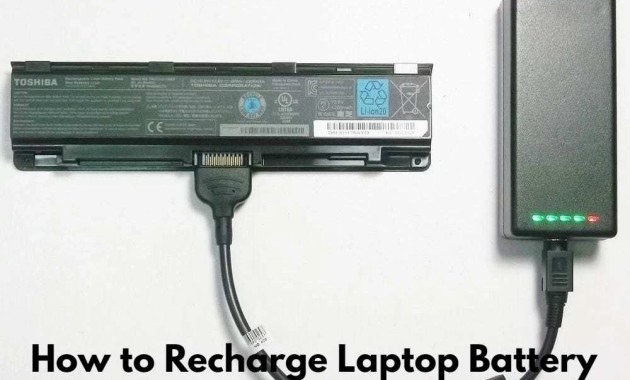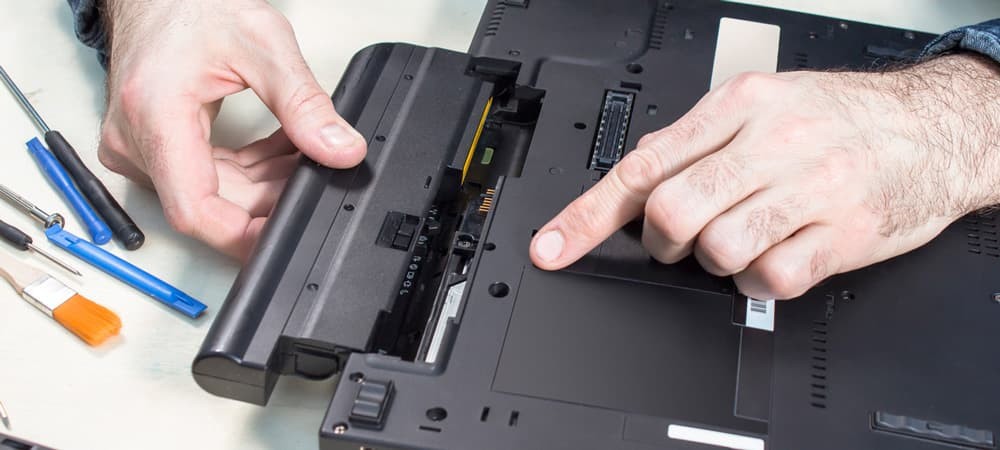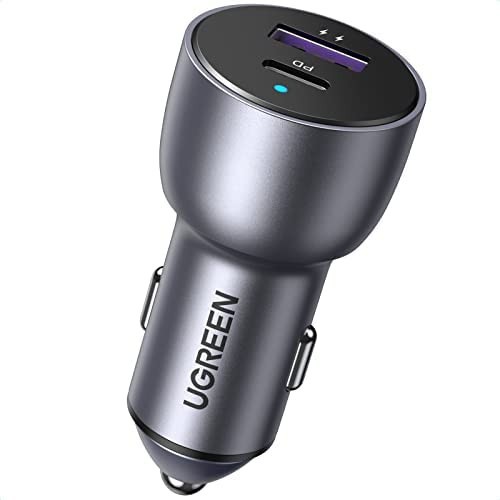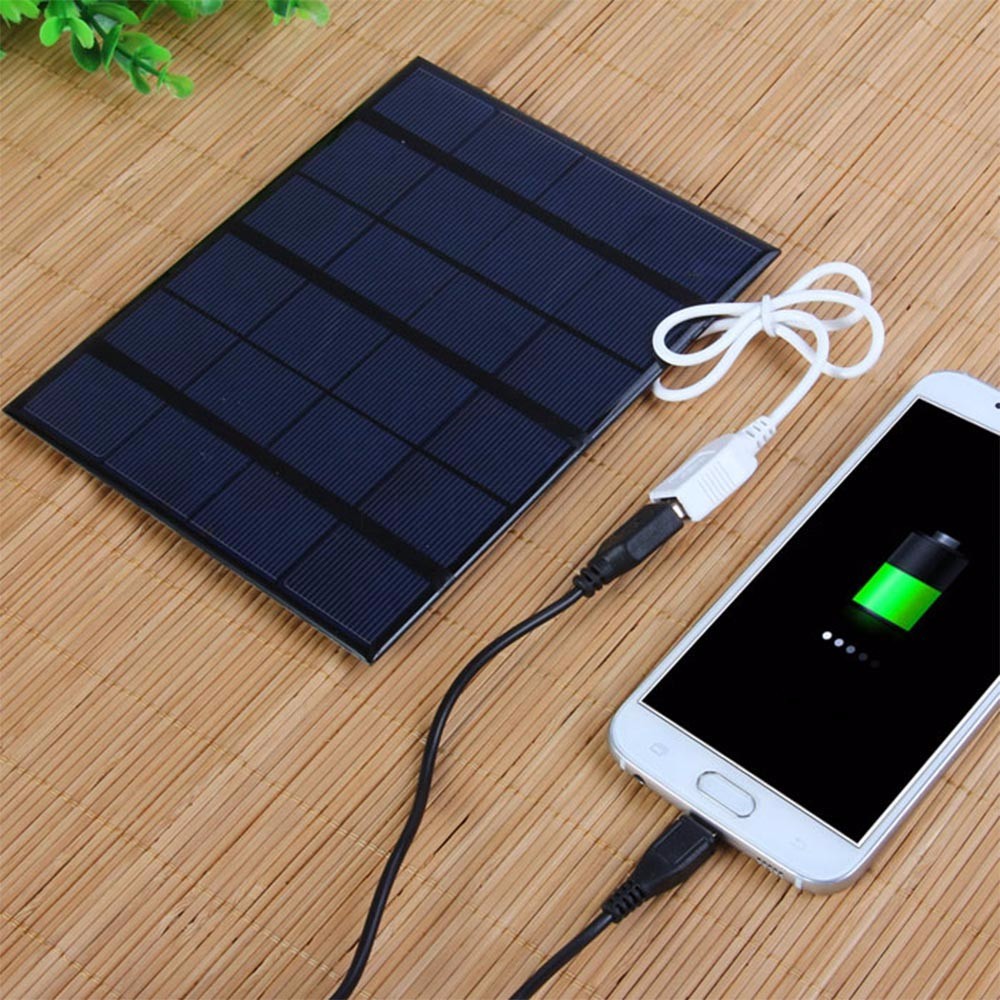Recharging a laptop battery without the laptop can be done using various methods, including a car charger, solar charger, wall charger, USB charging cable, or an external battery pack. Each method must be followed to properly and safely recharge the battery. This article will discuss the steps required to recharge a laptop battery using each method and the pros and cons of each method. Not all laptops support all recharging methods, so it’s important to consult your laptop’s manual before recharging the battery using any of these methods.
Methods to recharge laptop battery without the laptop
Source: www.hp.com
There are several ways to recharge a laptop battery without using the laptop, including the following:
External Battery Pack
Steps to Use an External Battery Pack to Recharge a Laptop Battery:
-
Connect the external battery pack to a power outlet using the appropriate power cord or adapter.
-
Connect the other end of the cord to the external battery pack.
-
Turn on the external battery pack and check the charging status.
-
Connect the external battery pack to your laptop using the appropriate DC power cord or adapter.
-
Turn on your laptop and check the battery status.
-
Wait for the external battery pack to start charging your laptop battery. The charging time will depend on the size of your laptop battery and the capacity of the external battery pack.
-
Monitor the charging status of your laptop battery by checking the battery icon on your laptop screen or using the battery indicator on the external battery pack.
-
Once fully charged, unplug the external battery pack from the power outlet and disconnect it from your laptop.
-
Using a laptop cooling pad while charging the laptop through the external battery pack is recommended, as the pack can generate heat, damaging the laptop’s internal components.
-
Always ensure that the external battery pack is properly working and that the voltage and amperage match the laptop’s specifications.
Pros:
-
External battery packs are small and lightweight, making them easy to carry around. This is especially useful for people who are frequently on the go and need to charge their laptop while away from a power outlet.
-
Some external battery packs have multiple USB ports, allowing you to charge multiple devices simultaneously.
-
An external battery pack can charge a laptop battery even when the laptop is not in use. This can be useful for those who need to keep their laptop running for an extended period and do not want to use the laptop’s battery.
Cons:
-
The capacity of an external battery pack is limited, so it may not be able to charge a laptop battery fully.
-
External battery packs can be relatively expensive, especially those with high capacity.
-
External battery packs may lose their capacity to hold a charge over time.
-
Carrying an external battery pack can add extra weight to your bag.
Read More: How to Pair Oneplus Bullets Wireless Z With Laptop?
Car Charger
Source: xcessorieshub.com
Steps to Use a Car Charger to Recharge a Laptop Battery:
-
Plug the car charger into your car’s cigarette lighter or power outlet.
-
Connect the other end of the charger to your laptop using the appropriate DC power cord or adapter.
-
Turn on your car’s ignition to start charging the laptop battery.
-
Monitor the charging status of your laptop battery by checking the battery icon on your laptop screen or using the battery indicator on the charger.
-
Once the battery is fully charged, unplug the charger from the cigarette lighter or power outlet and disconnect it from your laptop.
-
It’s recommended to use a laptop cooling pad if you use the laptop while charging it in the car, as the car charger can generate heat which can damage the laptop’s internal components.
-
Always turn off your car’s engine when you are not driving to avoid the risk of carbon monoxide poisoning.
Pros:
-
A car charger allows you to charge your laptop while on the go, which is particularly useful if you travel or have a long commute.
-
Car chargers can provide a steady power supply to your laptop, which is useful if you need to use it while it’s charging.
-
Some car chargers have multiple USB ports, allowing you to charge multiple devices simultaneously.
Cons:
-
The amount of time you can spend charging your laptop is limited to the time you spend in your car.
-
Using laptops while in the car is not recommended due to distraction. Also, it could be dangerous if the laptop falls from the seat or the car charger malfunctions.
-
Not all car chargers are compatible with all laptop models, so you may need to purchase a specific car charger for your laptop.
-
Some cars may not have power outlets, or the outlet may be in an inconvenient location, making it difficult to charge your laptop while driving.
Solar Charger
Source: megaeshop.pk
Steps to Use a Solar Charger to Recharge a Laptop Battery:
-
Unfold the solar charger and place it in an area where it will receive direct sunlight.
-
Connect the charger to your laptop using the appropriate DC power cord or adapter.
-
Turn on your laptop and check the battery status.
-
Wait for the charger to start charging your laptop battery. The charging time will depend on the strength of the sunlight and the size of your laptop battery.
-
Monitor the charging status of your laptop battery by checking the battery icon on your laptop screen or using the battery indicator on the charger.
-
Once the battery is fully charged, disconnect the charger from your laptop and fold it up for storage.
-
If you use a solar charger with a built-in battery pack, you may also be able to use it to charge your laptop battery even when there is no direct sunlight available.
-
Always ensure that the solar panel is not covered by any object during charging, as this will impede the charging process.
Pros:
-
Solar chargers use energy from the sun to charge your laptop, a clean and renewable energy source.
-
Solar chargers are lightweight and easy to carry around, which makes them ideal for outdoor activities or travel.
-
A solar charger can last for many years as long as it’s well-maintained.
Cons:
-
Solar chargers depend on sunlight, so they may not work on cloudy or overcast days.
-
The charging time for a solar charger can be slower than traditional power sources, which could be an issue if you need to charge your laptop quickly.
-
The power output of a solar charger can vary depending on the weather and lighting conditions, which could affect the charging time for your laptop.
-
Solar chargers can be relatively expensive, especially high-quality models.
Wall Charger
Steps to Use a Wall Charger to Recharge a Laptop Battery:
-
Plug the wall charger into an electrical outlet.
-
Connect the other end of the charger to your laptop using the appropriate DC power cord or adapter.
-
Turn on your laptop and check the battery status.
-
Wait for the charger to start charging your laptop battery. The charging time will depend on the size of your laptop battery and the wattage of the charger.
-
Monitor the charging status of your laptop battery by checking the battery icon on your laptop screen or using the battery indicator on the charger.
-
Once the battery is fully charged, unplug the charger from the wall outlet and disconnect it from your laptop.
-
It’s recommended to use a laptop cooling pad while charging the laptop through the wall charger, as the charger can generate heat which can damage the laptop’s internal components.
-
Always ensure that the charger is plugged into a proper electrical outlet and that the voltage and amperage match the charger’s and laptop’s specifications.
Pros:
-
Wall chargers are easy to use and can be plugged into any standard power outlet, making them a convenient way to charge your laptop.
-
Wall chargers typically provide a higher charging rate than other charging methods, which means they can charge your laptop battery faster.
-
Some wall chargers have multiple USB ports, allowing you to charge multiple devices simultaneously.
-
Wall chargers are generally safe to use as long as they are of good quality and you are using them properly.
Cons:
-
Wall chargers need to be plugged into a power outlet, which means you need to be near one to use them.
-
Wall chargers can be relatively expensive, especially high-quality models.
-
Some places may not have power outlets, or the outlet may be inconvenient, making it difficult to charge your laptop.
-
The power supply voltage can fluctuate, which may cause damage to the laptop battery or the charging circuit.
Read More: How to Download Classdojo on Laptop?
USB Charging Cable
Source: naseebmotors.pk
Steps to Use a USB Charging Cable to Recharge a Laptop Battery:
-
Connect one end of the USB charging cable to a USB power source, such as a wall adapter or a USB port, on another device.
-
Connect the other end of the cable to your laptop’s USB charging port.
-
Turn on your laptop and check the battery status.
-
Wait for the charging process to begin. The charging time will depend on the size of your laptop battery and the output of the USB power source.
-
Monitor the charging status of your laptop battery by checking the battery icon on your laptop screen or using the battery indicator on the USB power source.
-
Once the battery is fully charged, unplug the USB charging cable from the USB power source and disconnect it from your laptop.
-
It’s recommended to use a laptop cooling pad while charging the laptop through the USB cable, as the cable can generate heat which can damage the laptop’s internal components.
-
Always ensure that the USB power source is properly working and that the voltage and amperage match the laptop’s specifications.
Pros:
-
USB charging cables are widely available and can be plugged into any USB port, making them a convenient way to charge your laptop.
-
USB charging cables are relatively inexpensive and widely available.
-
USB charging cables can be used with multiple devices, not just laptops.
-
USB charging cables are lightweight and easy to carry around, which makes them ideal for travel.
Cons:
-
Charging a laptop battery using a USB charging cable can take longer than using a wall charger or other power source.
-
The power output of a USB charging cable can vary depending on the USB port, which could affect the charging time for your laptop.
-
USB port voltage can fluctuate, which may cause damage to the laptop battery or the charging circuit.
-
Not all laptops can be charged via USB, and some may require a specific USB cable or adapter.
Conclusion
Recharging a laptop battery without the laptop can be done using a variety of methods, each with its own set of steps. It is important to consult your laptop’s manual and check the specifications to ensure that your chosen method is compatible with your laptop. Additionally, it’s important to follow the manufacturer’s instructions and use the correct voltage and amperage to avoid damaging your battery. Remember that recharging your laptop battery through an external method will not damage the battery as long as you use the correct method.
FAQs
Q: How can my laptop be recharged using a specific method?
A: It is important to consult your laptop’s manual to determine if it can be recharged using a specific method. You can also check your laptop’s specifications to see if it supports the required input voltage and amperage.
Q: Will recharging my laptop battery using an external method damage my battery?
A: No, recharging your laptop battery using an external method should not damage your battery as long as you use the correct voltage and amperage and follow the manufacturer’s instructions. However, if the battery is old and worn out, it may reduce the overall life of the battery.
Q: Can I use my laptop while it is recharging using an external method?
A: It depends on the method and the specifications of your laptop. Some methods, such as using a USB charging cable, may allow you to use your laptop while recharging. However, using other methods, such as a solar charger, may not be possible.
Q: How do I know when my laptop battery is fully charged?
A: You can monitor the charging status of your laptop battery by checking the battery icon on your laptop screen or using the battery indicator on the charger.




